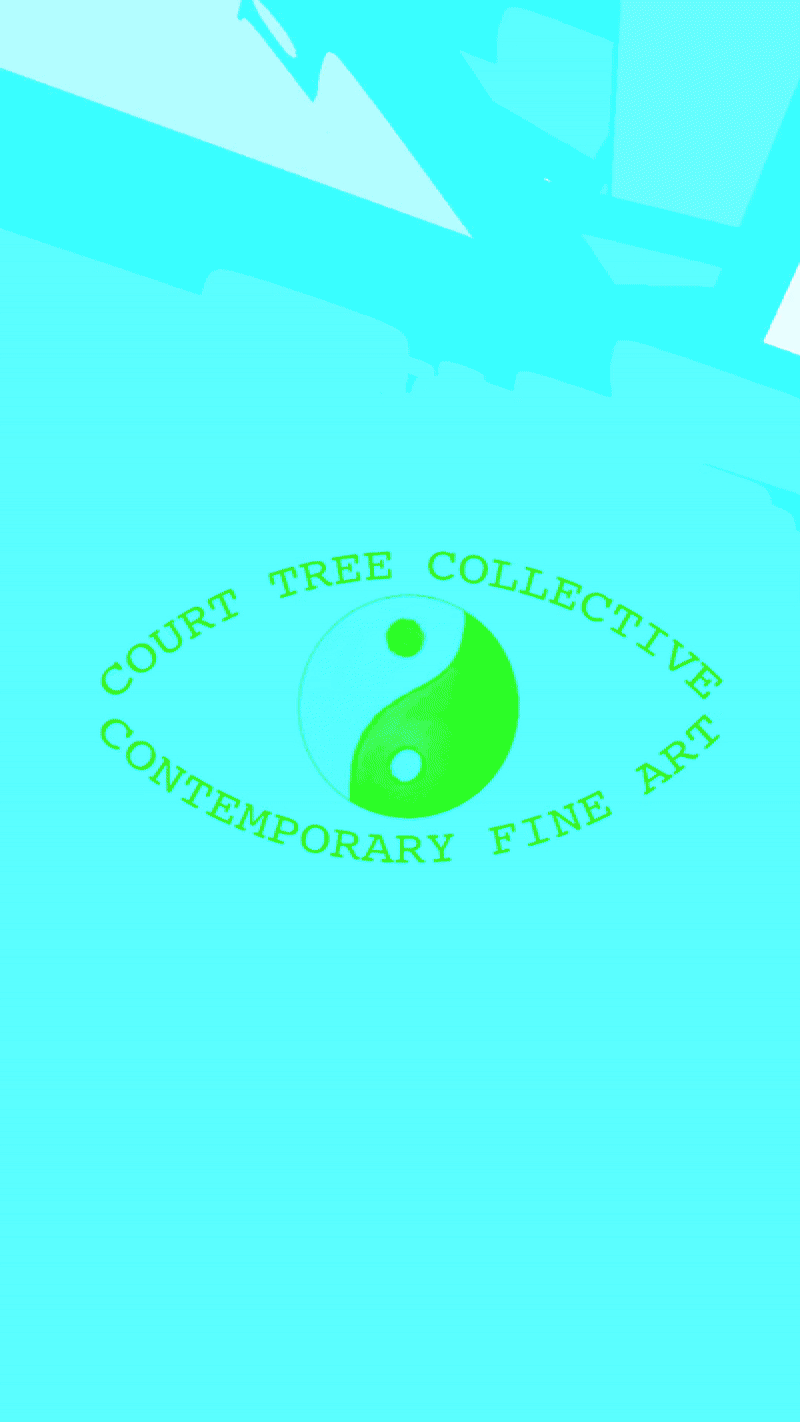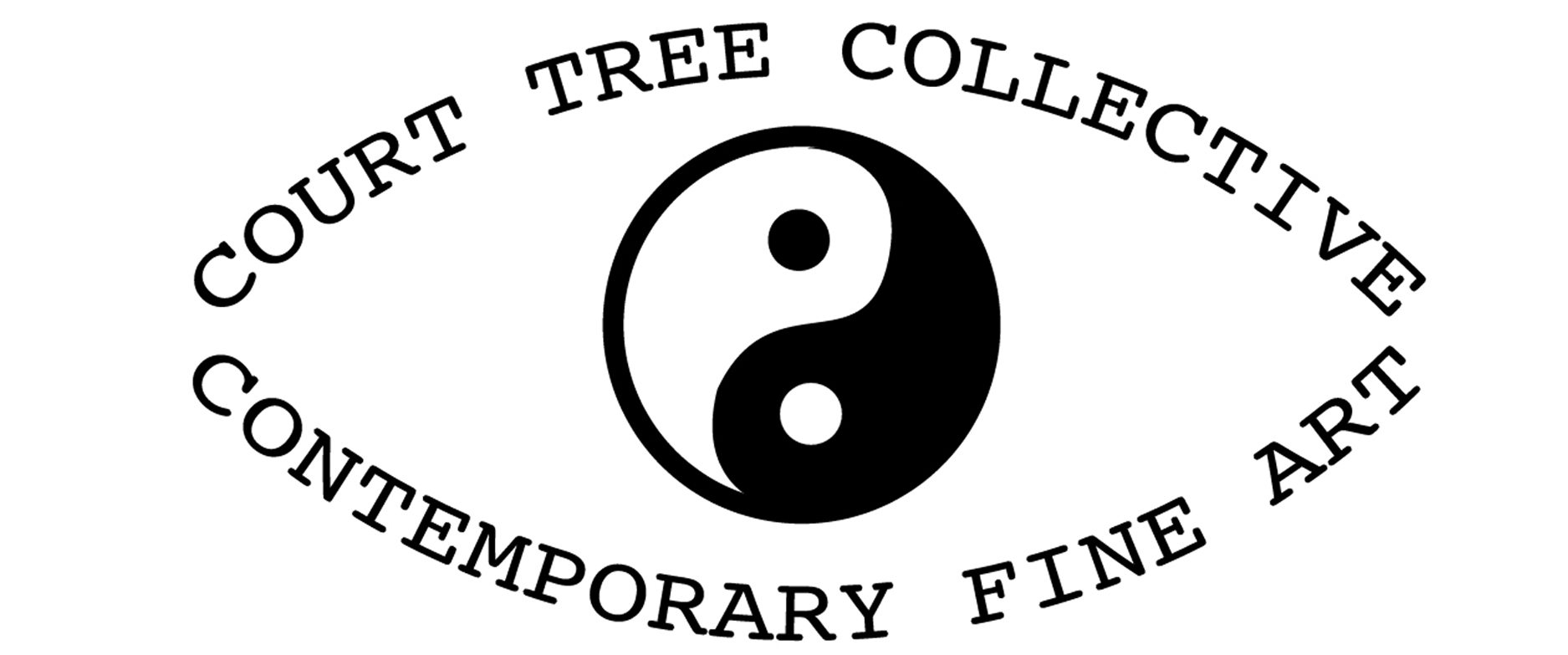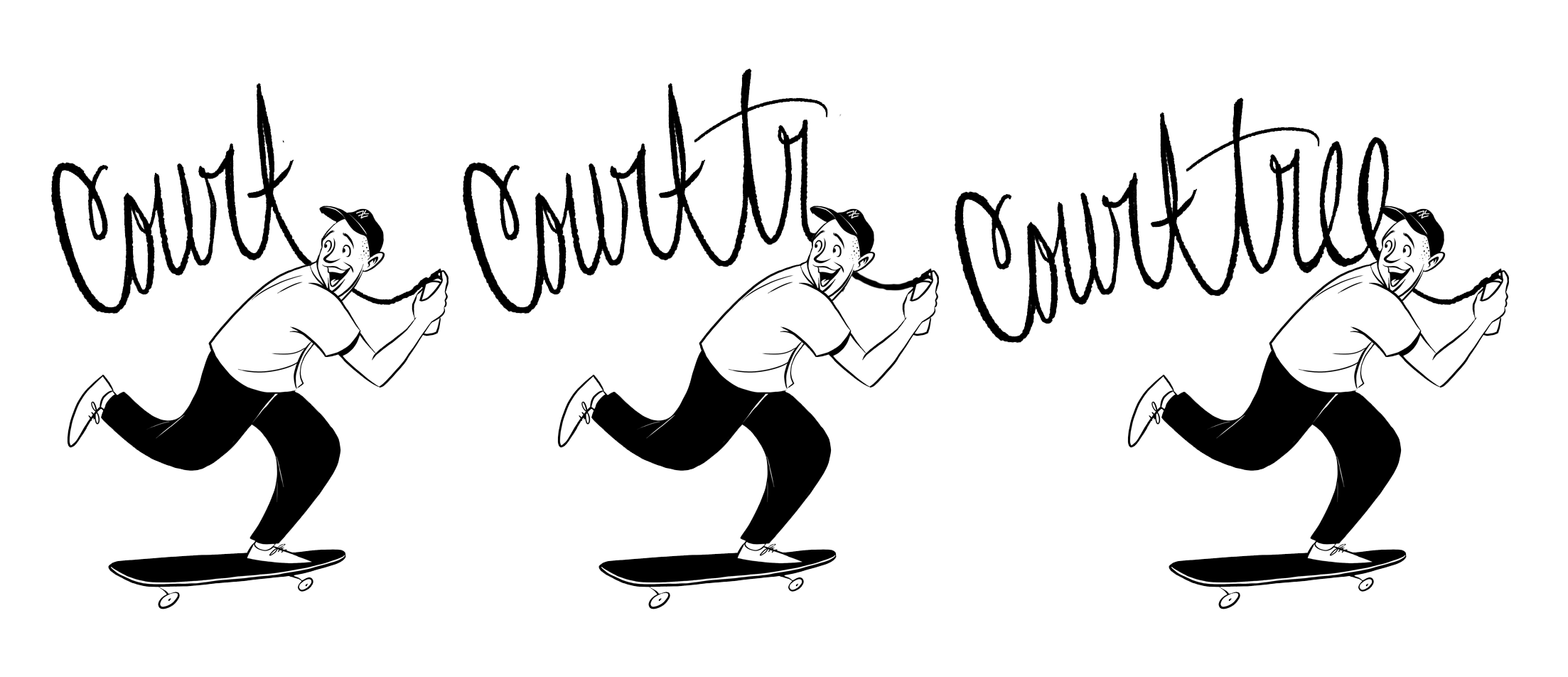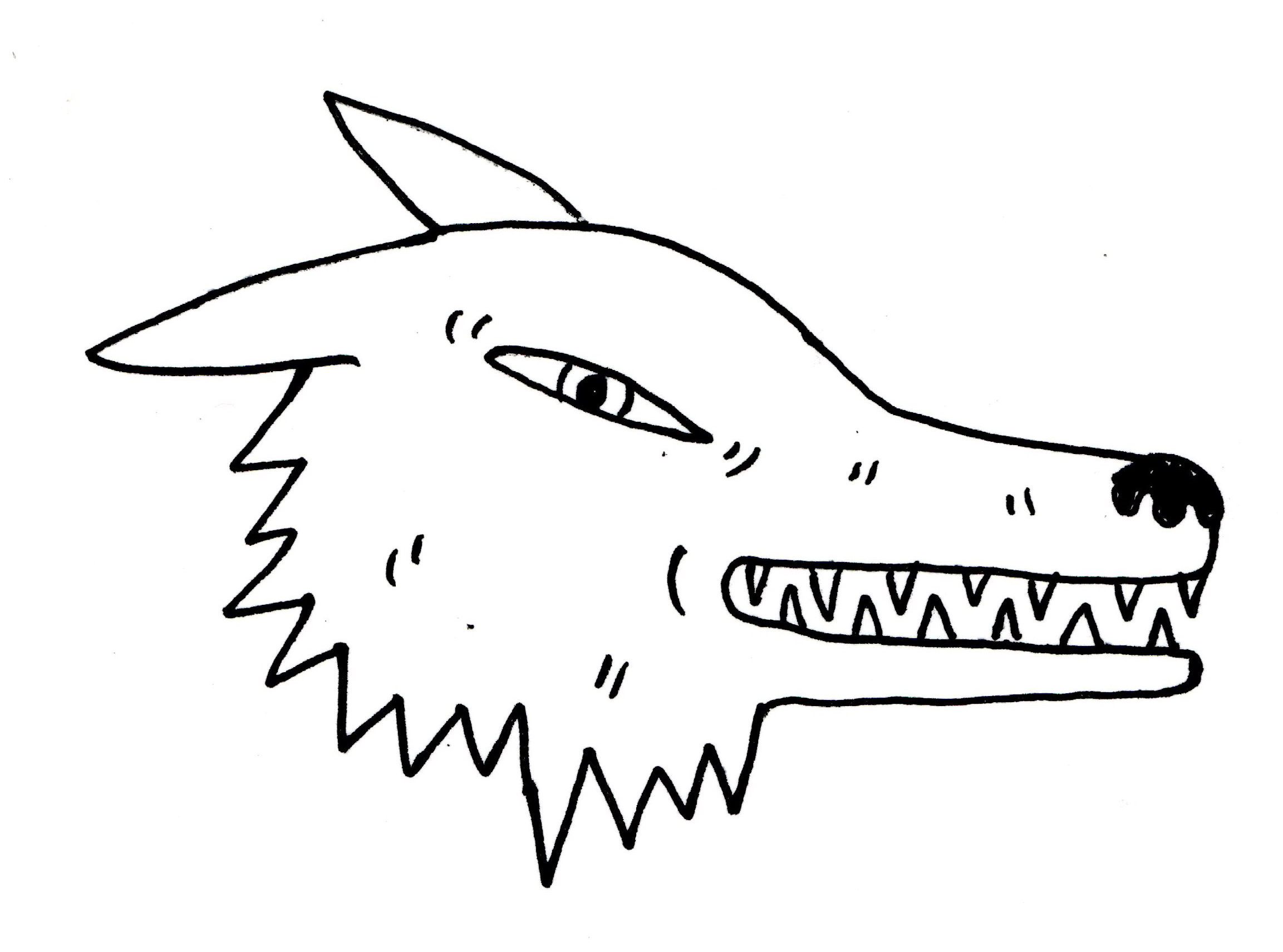John Whitlock

John Whitlock Interview for “The Tactiles”
You’ve done extensive collage work, and some of your paintings are composed like collages. What about the collage form appeals to you? How do your collage-paintings differ from your more traditional collage work?
I was first drawn to collage for its immediacy, it’s a fast and efficient way to exercise an aesthetic point of view. I also love the way that you can change the meaning of an image with collage by stripping it of its context.
In a sense, the works on canvas are a very direct extension of where I landed with collage, only without that immediacy.
I still start with small paper collages that are then reproduced as large scale charcoal drawings on canvas. That charcoal image becomes the source photographic material for the paintings, so at that point, the process feels the same, except I am building the piece up with paint and layers of cut canvas instead of paper. It obviously takes quite a bit longer, which I like. I can really get absorbed into the work in a way that didn’t always feel necessary when working in traditional collage.
Your paintings tend to use a palette of a few colors in subdued tones, and you use plenty of white and black. What is your approach to color?
I think the way I use color is probably coming from the same place as the way I approach form and shape in general. it’s a bit of an internal attempt to keep some structure and balance; hence the minimal palettes.
I love charcoal on canvas. You can get really deep shadows by being rough with the surface, and there’s usually a slightly imperfect, hazy contour to things because the medium is so soft and the canvas is coarse. It brings a sense of mystery to the subject matter, like a noir film or something.
There’s a bit of pragmatism there too, though. The black/white is usually centered around the charcoal drawings, and color is used to move the eye around and create balance in the composition.
Some of your mixed media works on canvas combine abstract shapes and lines with realistic images of bodies. What does this combination of styles allow you to do? Do you often think in terms of shape?
I’m most comfortable thinking about things in abstract terms, there’s a sensibility-driven subjectiveness to abstraction. It’s right when you say it’s right. I’ve always related to that. But at the same time, as a viewer, I think I’m more drawn to representational, or pictorial work, haha. So finding a balance between those two things is probably what lead me to where I’m at in terms of mixing shape-based composition with fragments of realism.
I think of the formalist part of the work as a visualization of thought process, and the way that we organize and compartmentalize experiences non-linearly in our minds. It’s chaotic and we try to make it structured. The photographic bits are like fractured bursts of memories that we experience throughout that system. For me, the intention is to evoke some sort of narrative or familiarity even if one isn’t really there.
What is your process like? Is it free associative, meditative, or experimental?
All of those things. Making art is definitely meditative for me. I have a restless energy, and the work is a way to channel that and center myself internally. Experimentation and improvisation are the way I find my paths. I wish I were more calculated and planned out, but I work better when I just dive in. It’s all improvised, no matter how organized or structured it looks!
Your paintings are visually striking, and they can also seem to contain coded messages. Do you express ideas or emotions in your work, or are you more concerned with their form and aesthetic?
It’s a bit of both. I’m ultimately driven by formalist impulses and stylistic expression, but I’m also interested in trying to start a conversation. There’s so much abstract work out there that feels decorative, and while I relate to a lot of it stylistically, it maybe feels too easy for me to only approach things on those terms. I like coded messages. I like work that makes you wonder if messages were intentional or not.That is the kind of work that makes me think the most and ultimately stays with me the longest.
Click Here ︎ to see John’s work.
John’s Insta: @johndwhitlock
Interview by Christian Prince
@chrstn_francis




